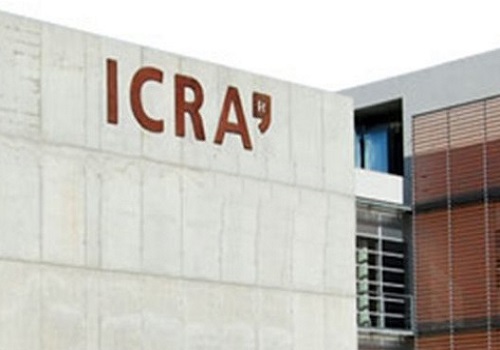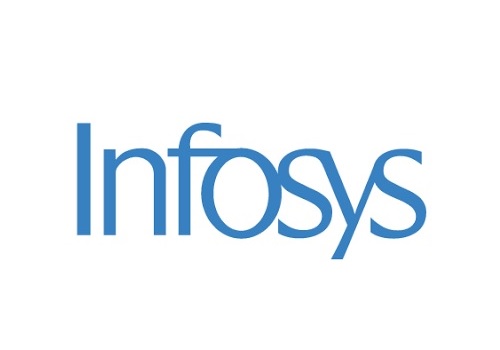IT Services: Street optimism to face test of weak underlying business by Kotak Institutional Equities

Follow us Now on Telegram ! Get daily 10 - 12 important updates on Business, Finance and Investment. Join our Telegram Channel
Street optimism to face test of weak underlying business
We expect a weak quarter for IT Services companies as furloughs, weak discretionary spending and project cuts impact performance. Three of the big five IT services companies should report a yoy and qoq decline in revenues in the December 2023E quarter, while growth for the other two will trickle down to low-single digits. We also expect weak deal TCV across most companies. Growth among mid-tier should vary considerably but should be better than that of larger players. Stocks have rallied, limiting upsides for many. Infosys, Wipro and Mphasis should have weak quarters, while HCLT and Persistent should report a decent quarter. TCS should be steady.
Furlough and spending cuts to lead to weak quarter
High furloughs in the hi-tech and financial services verticals and the pruning of discretionary programs will lead to muted performance across companies. Infosys, Wipro and Tech Mahindra will likely report a yoy and qoq decline in revenues. Growth for TCS and HCLT will likely stand at 0.5% and 4.3% on qoq and 1% and 2.2% on yoy comparison. Mid-tier companies will have mixed trends in growth, with a declining slope of growth for all.
Weak TCV in the quarter after a strong September 2023 quarter
The quarter was light on deal announcements, especially in North America. Most of the deal wins have been in Europe. This can be a source of disappointment, especially noting that the market has shifted to longer-tenured cost take-out deals. We are unsure about the source of weakness, especially since managements have highlighted record pipeline.
Guidance—marginal cut for Infosys, maintained for HCLT
We expect Infosys to cut revenue growth guidance to 1-2% from 1-2.5% for FY2024E. EBIT margin guidance should stay unchanged at 20-22%. We expect HCLT to retain organic revenue growth guidance of 4-5% and EBIT margin guidance of 18-19%. Wipro should guide for the March 2024 quarter, which we expect to range from a decline of 1% to growth of 1%.
IT spending outlook for CY2024 to be in focus
Expectations are high about a recovery in discretionary spending in CY2024E. Our analysis indicates that enterprises across most sectors are focused on cost-reduction priorities. Many have outlined cost-savings targets that stretch into 2024. The reprioritization of spends toward focus areas of investment is not yet complete. These do not inspire confidence in a significant recovery in discretionary spending, at least in 1HCY24. We do not think IT services managements will comment about CY2024 outlook yet.
Positives—growth will likely improve from March 2024 quarter
While the current environment is challenging, a couple of factors provide hope: (1) pace of pruning discretionary programs has been reduced and (2) December 2023 has elevated furloughs, the impact of which will fade. We expect a return to growth for most companies in the March 2024 quarter.
EBIT margins—moderate impact of furloughs, steady otherwise
Furloughs will have a moderate impact of 20-30 bps. Aggressive cost management and bump-up in utilization should limit margin decline yoy and even an increase in a few cases. Infosys and Wipro have rolled out wage increases and should report an EBIT margin decline qoq as well as yoy.
Do not expect a quick recovery despite rate cut expectations
IT stocks have rallied on expectations of rate cuts in the US, with the BSE IT Index increasing by 11% in a month. While rate cuts can reduce macro uncertainty and spark spending in the future, the haze around the near term continues. Significant recovery in discretionary spending, at least in 1HCY24, appears a low probability event. We expect 8-9% industry growth in FY2025E. Any moderation to our 1HCY24 estimates poses downside risks to our growth assumption. While the Fed’s move warranted an upward movement in stock prices, the resulting rally was a tad optimistic, in our view. IT stocks have increased on the basis of re-rating versus EPS upgrades. We recently downgraded HCLT to ADD from BUY and Persistent to REDUCE from ADD on strong rally in stock prices by virtue of multiple re-rating. We prefer our absolute BUY-rated stocks—Infosys and Cyient.
ERD remains a bright spot
Enterprises in manufacturing-led verticals, such as automotive and aerospace, have historically lagged in tech adoption but are now catching up. IT-OT convergence and smart manufacturing are key themes driving increase in spends by clients to make their shop-floor operations more efficient. In addition, automotive clients are undergoing technology transition and investing in electrification, connected and autonomous vehicles. Sustainability is another theme where clients are increasingly allocating spends to make their businesses more environment friendly as part of their journeys toward carbon neutrality. Indian ESPs are benefiting from elevated spends by clients across multiple themes. We expect ESPs with higher exposure to automotive vertical such as KPIT and TELX to continue to grow at healthy rate – 3.7% and 5.1% c/c qoq, respectively. Seasonality in SWC would drive healthy growth for LTTS (3.35 c/c qoq). Excluding SWC, business growth would be at 1.2% c/c qoq. Cyient (DET) would lag ERD peers with 0.5% c/c qoq due to higher furloughs in aerospace and weakness in automotive vertical.
Key metrics to focus on:
4 Mega-deal ramp ups. Infosys, TCS and HCLT have signed mega-deals. Timing of the ramp-up of these deals and profitability implications will be a focus area.
4 Conversion of TCV into revenues. Strong TCV has failed to revive growth due to run-off/a lack of renewals of discretionary projects. The pace of program cancellations has reduced, which should help growth and better conversion of TCV into revenues.
4 Hiring. This is a useful indicator on demand, especially as many companies (except Infosys) are running high utilization rates.
4 Impact of GCCs on growth. As tech spending slowed, select enterprises reduced outsourcing to utilize in-house talent hired earlier. This trend is amplified in financial services and led to exaggerated impact on service providers. We expect the focus to be on increasing the divergence in growth of service providers and IT spending of banks.
Above views are of the author and not of the website kindly read disclaimer

















.jpg)






